The Trickling-filter System And The Activated-sludge System Both Require
The trickling-filter system and the activated-sludge system both require. Cross-section of an attached growth biomass film. In this process the wastewater is introduced to a vessel that has air bubbled into it. The key difference between activated sludge and trickling filter is that activated sludge is a suspended culture system while trickling filter is an attached culture system.
What is the major process difference between the trickling filter and activated sludge. Typically less than 065 to 080 kg BODm3 d. The trickling filter is one of the most common attached growth processes.
Some cities divide a common source of waste water between two or more types of treatment but none are known which further involve these specific varia. It also ensures maximum removal of nutrients like N2 K Ph from the organic matter. In the activated sludge system the wastewater is brought into contact with a diverse group of micro-organisms in the form of a flocculent suspension in an aerated tank whereas in the biological film system also known as trickling filters the wastewater is brought into contact with a mixed microbial population in the form of a film of slime attached to the surface of a solid support system.
A trickling filter TF is a non-submerged fixed bed reactor consisting of highly permeable packing media in which aerobic condition is maintained via diffusion forced aeration natural convection or splashing. Table 1 shows the BOD 5 removal rates for the four filter types discussed. Suspended Growth Process.
A series of aerobic basins and a secondary clarifier. Unlike activated sludge treatment the trickling filter follows an attached growth system inspite of suspended growth system. In trickling filters the bacterial film is formed around the particles of contact material and it is stationary.
111- Standard Rate Filter Standard rate trickling filters are normally designed for hydraulic ratings of 11 to 43 m3m2d and organic. Pilot plant location at the Ames Iowa water pollution control plant 60 4. Activated sludge process can resist different organic and hydraulic shock load.
Trickling filter classifications Trickling filters are classified on the basis of their hy draulic and organic loads. Loss of head through the filter is high.
Some cities divide a common source of waste water between two or more types of treatment but none are known which further involve these specific varia.
It also ensures maximum removal of nutrients like N2 K Ph from the organic matter. By contrast the most common suspended growth system is the activated sludge process AS. Activated sludge AS and trickling filter TF processes. Cost of construction is high. The trickling-filter system and the activated-sludge systems in wastewater treatment both require asked Apr 10 2020 in Environmental Atmospheric Sciences. Cross-section of an attached growth biomass film. Moreover activated sludge process has two main components. In the activated sludge system the waste water is brought into contact with a diverse group of micro-organisms in the form of a flocculent suspension in an aerated tank whereas in the biological film system also known as trickling filters the waste water is brought into contact with a mixed microbial population in the form of a film of slime attached to the surface of a solid support system. Split and return treatment process used in Rotherham England 45 3.
Controlling the biological populations on a trickling filter is not the same or as critical as controlling the biological populations in an activated sludge system. Filters require an efficient influent screenings system and normally. Trickling filter classifications Trickling filters are classified on the basis of their hy draulic and organic loads. By contrast the most common suspended growth system is the activated sludge process AS. Rather than being suspended as in activated sludge or aerated lagoons most of the biomass is attached to some support media over which they grow Figure 410. Furthermore in comparison with similar methods such as activated sludge trickling filters are significantly more cost-effective as they dont require artificial aeration and have a smaller demand for operational space resulting in cost reduction. Unlike activated sludge treatment the trickling filter follows an attached growth system inspite of suspended growth system.






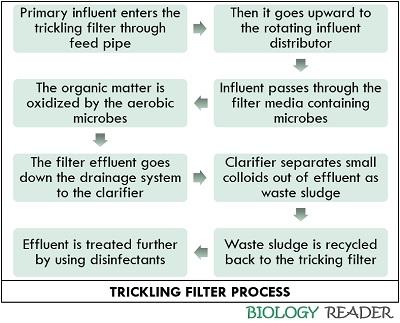


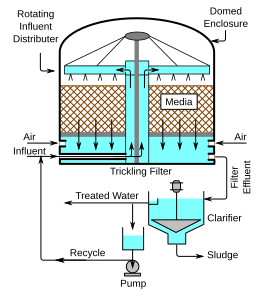

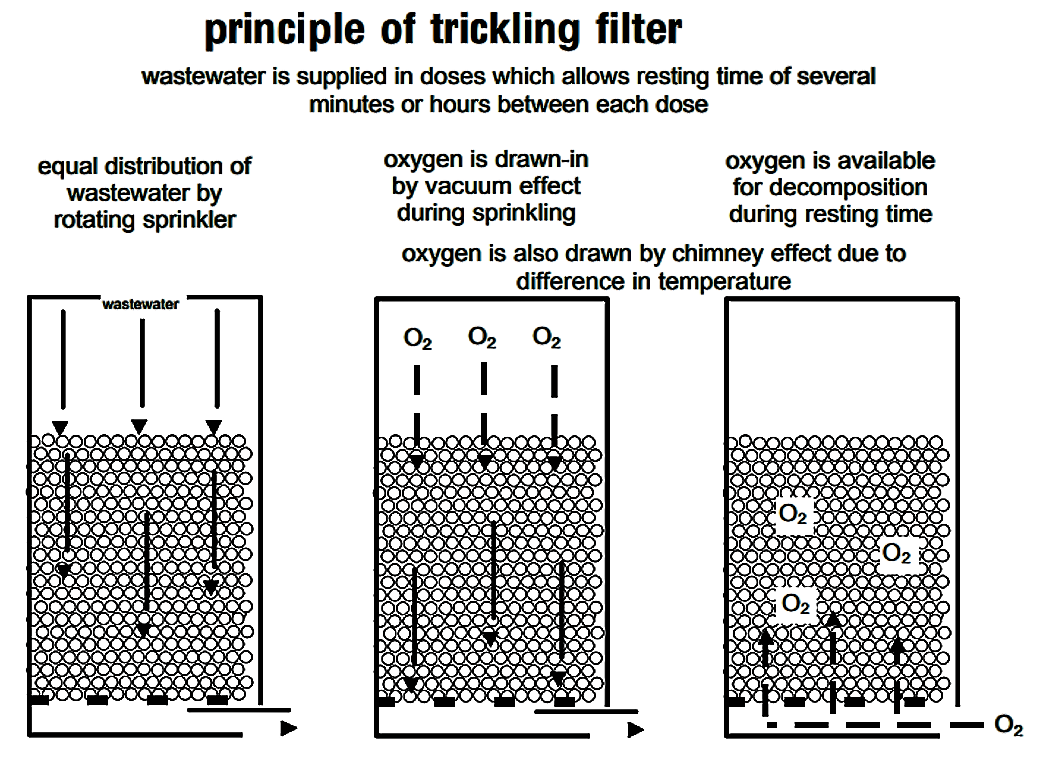

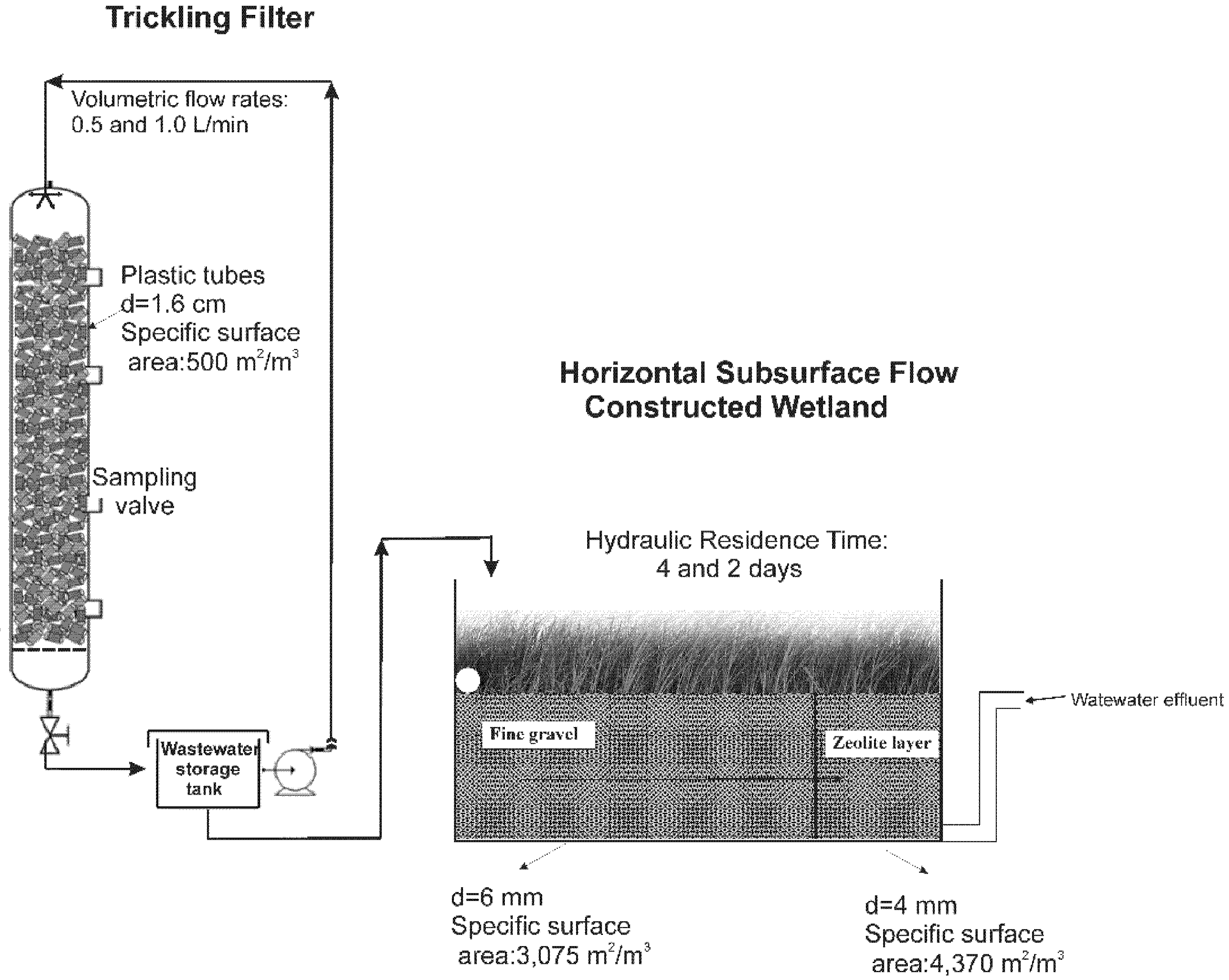
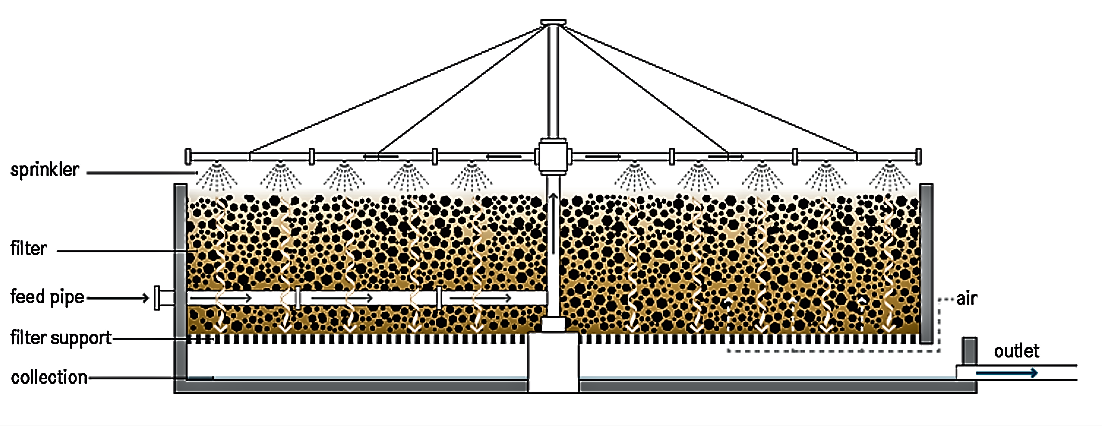






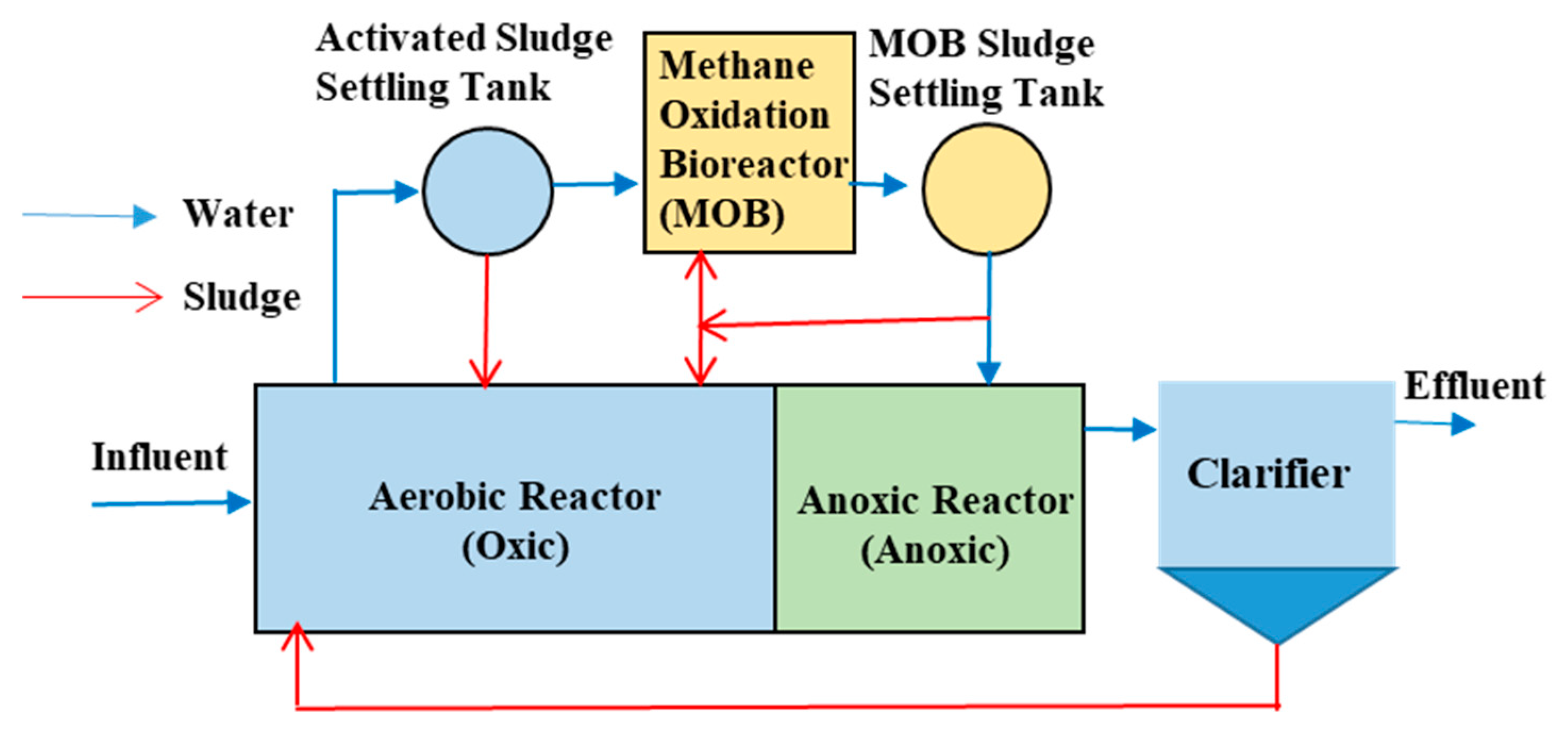
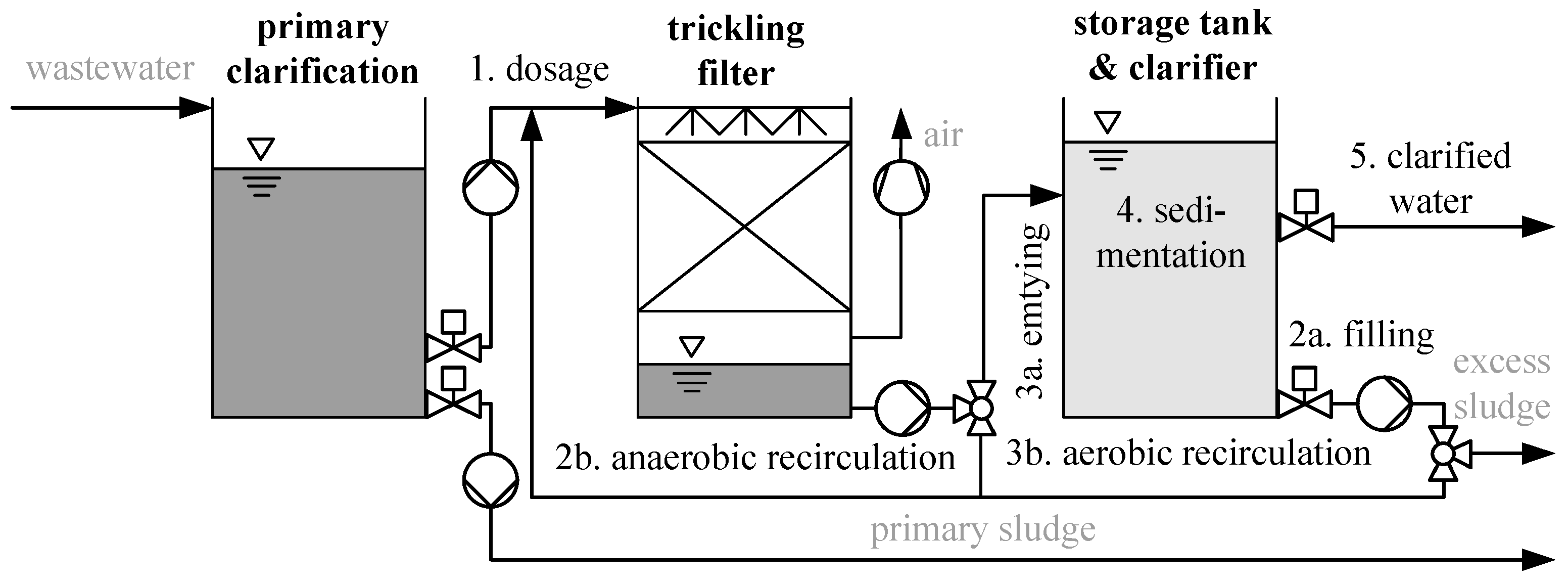
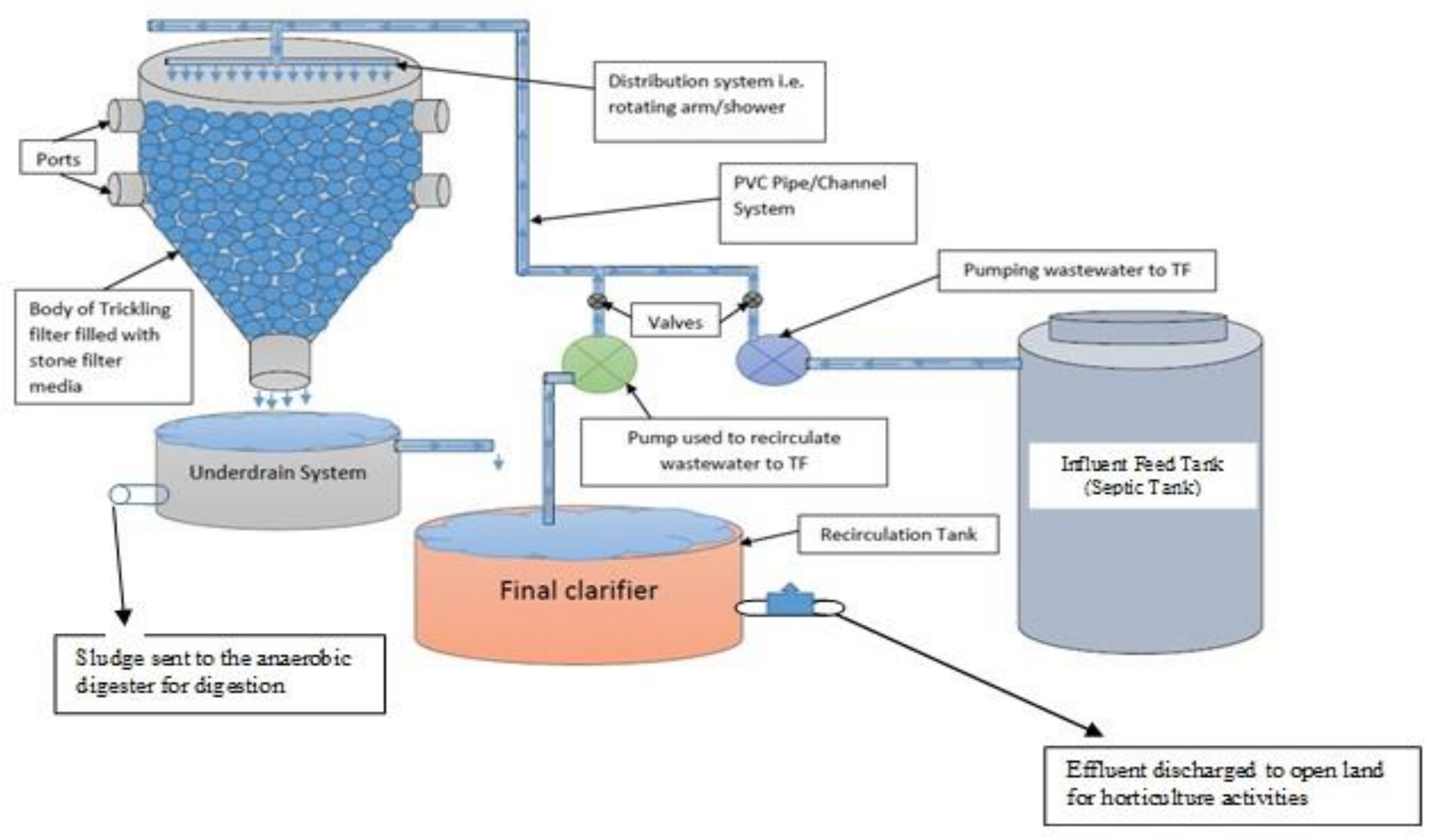
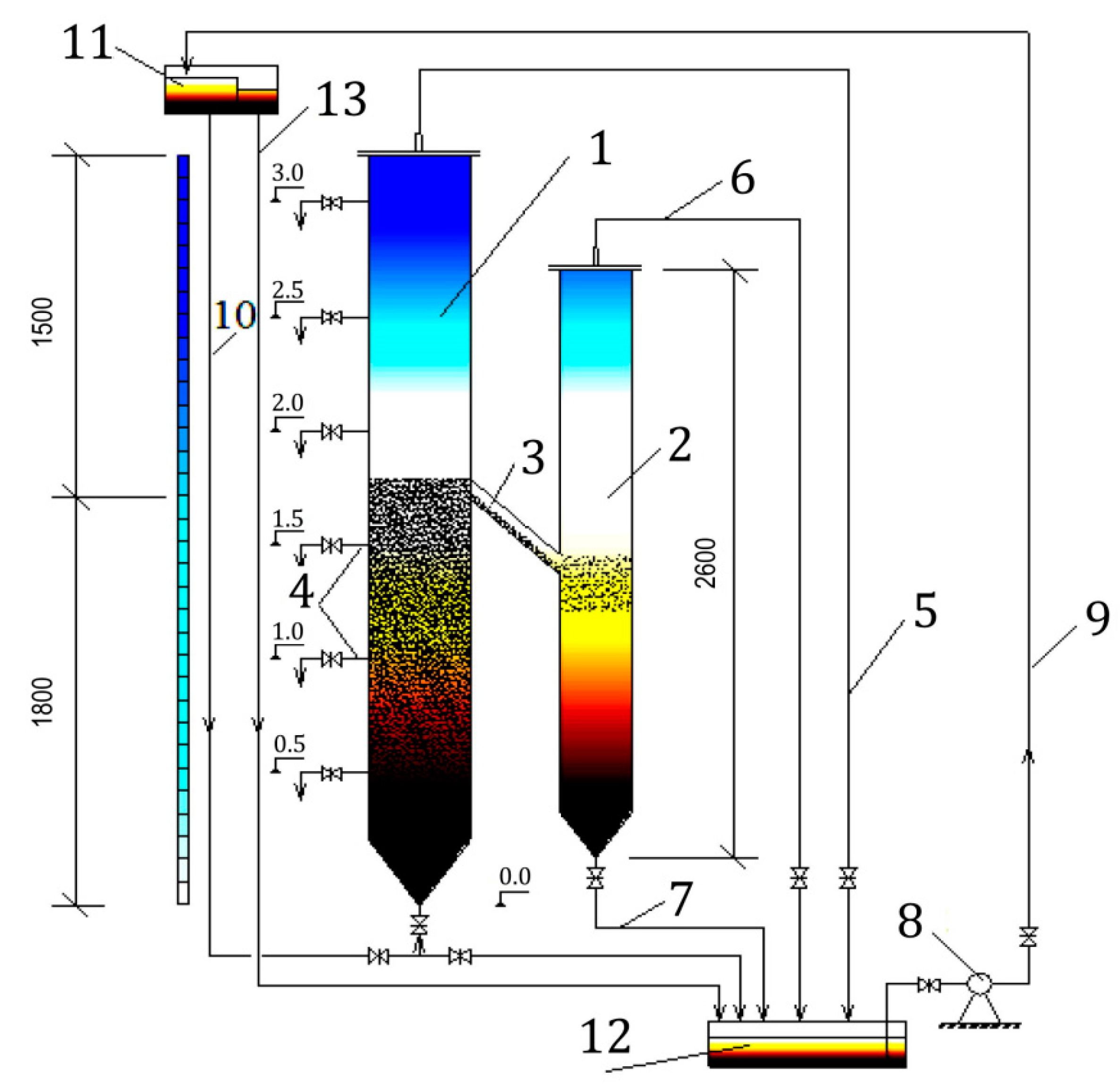



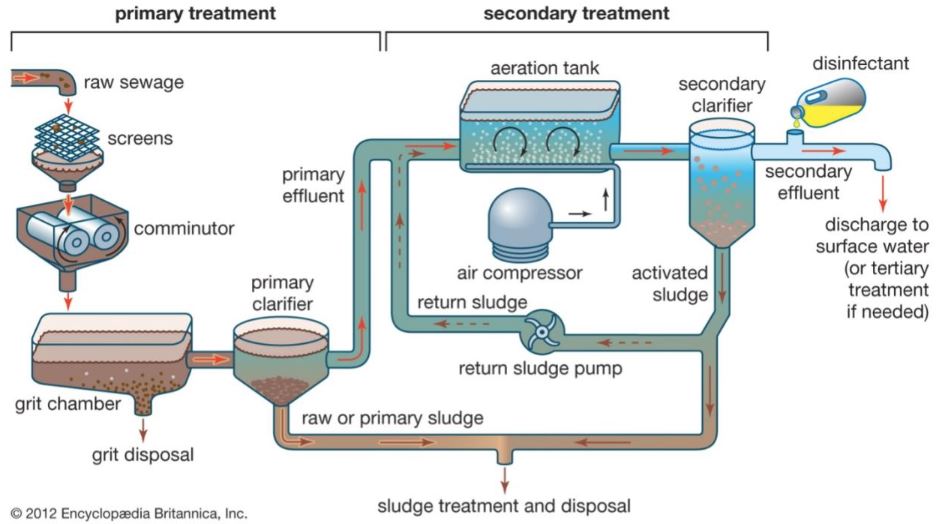
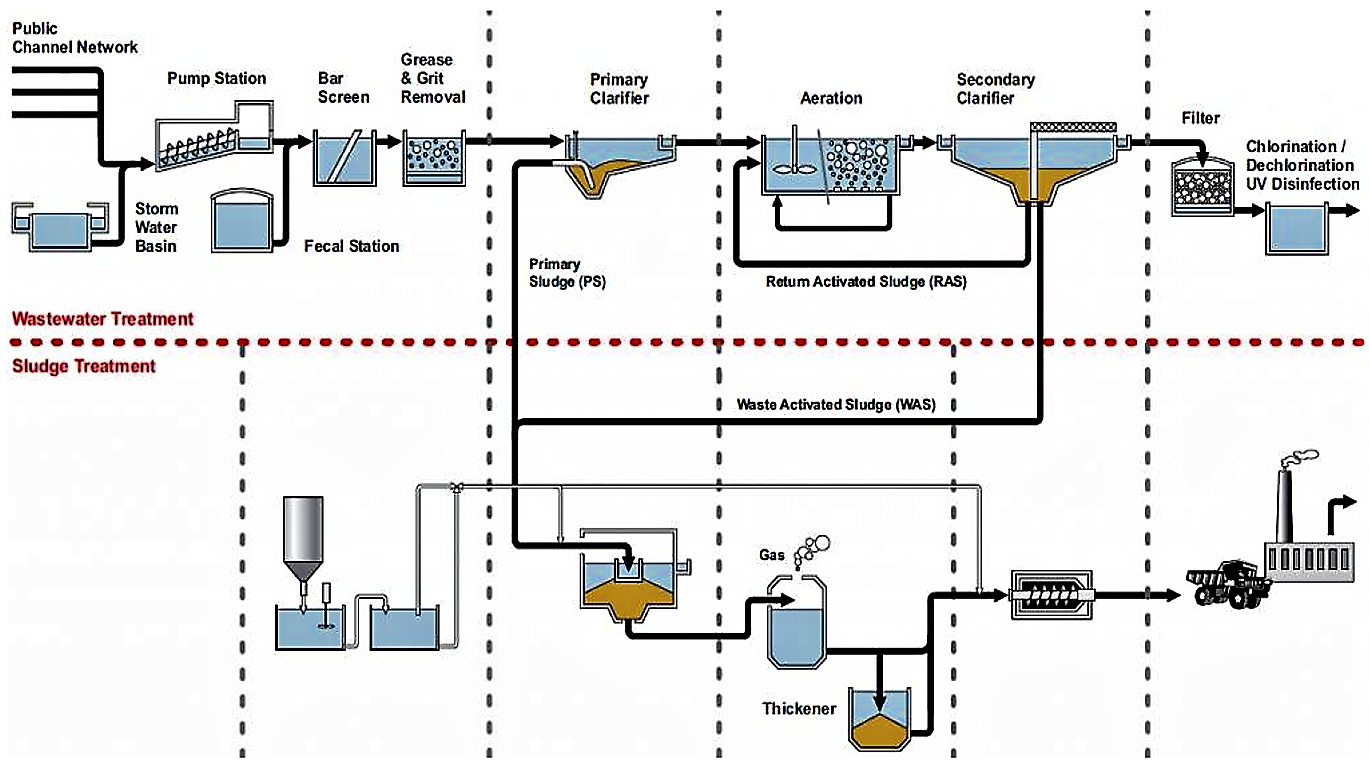
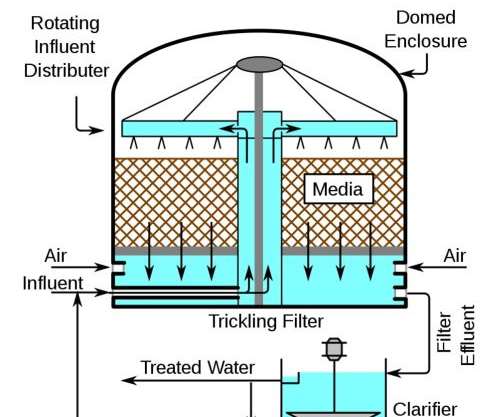



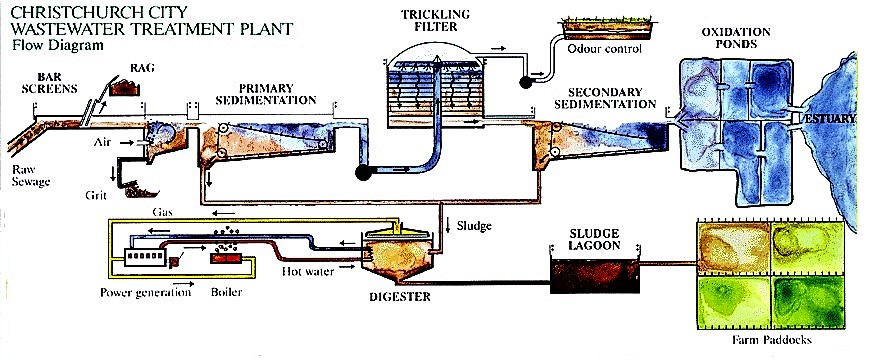


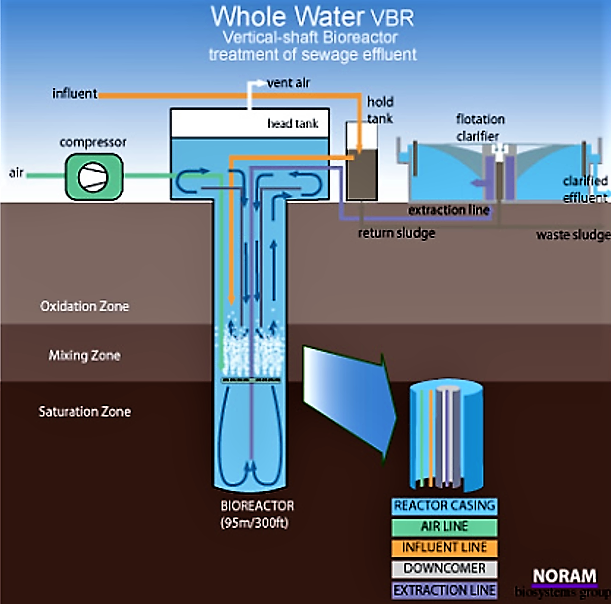
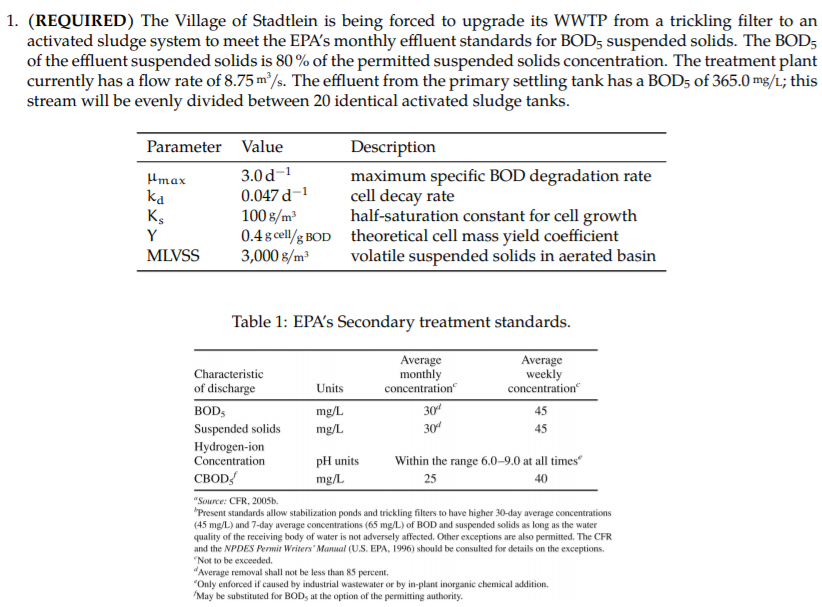
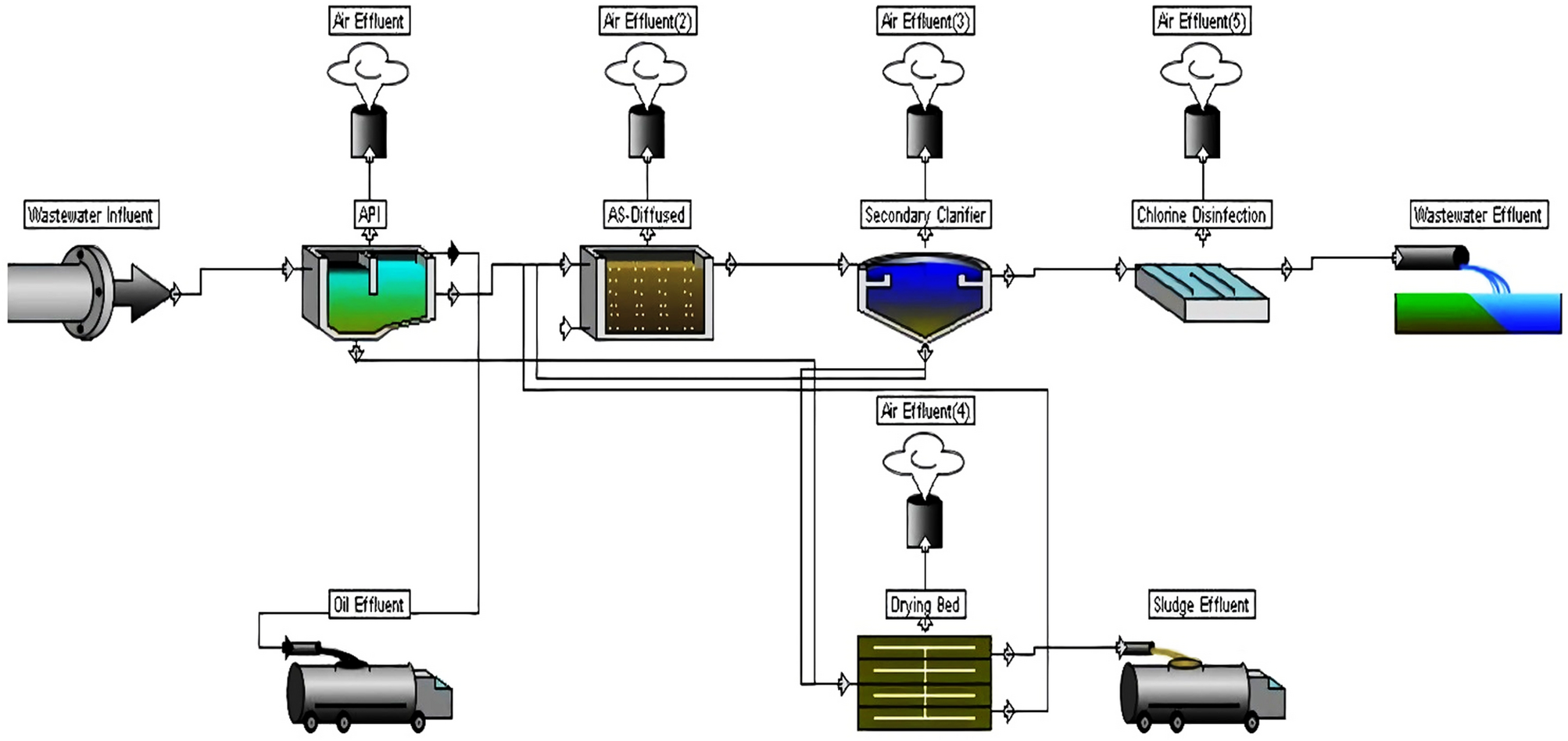



Post a Comment for "The Trickling-filter System And The Activated-sludge System Both Require"